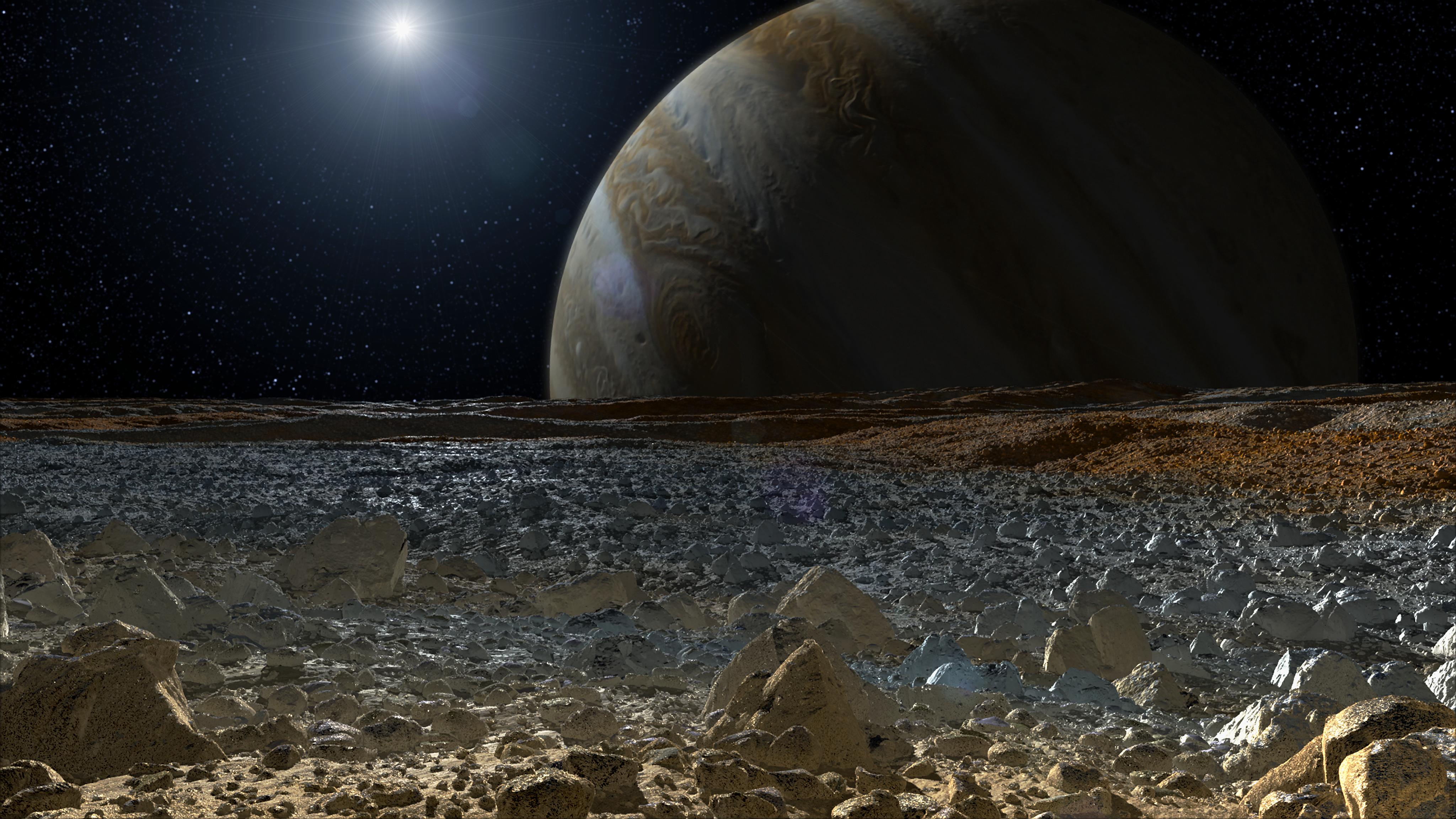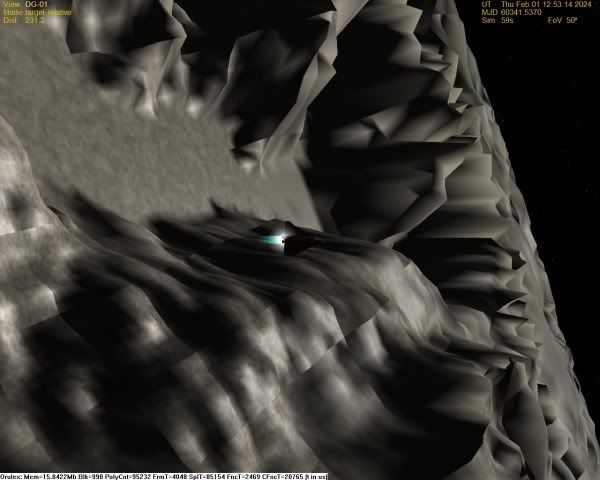- Joined
- Apr 14, 2012
- Messages
- 2,585
- Reaction score
- 0
- Points
- 36
So, kind of an odd question,
If you were to say, land on the surface of Europa, or some moon like it (which I would imagine are rather common in the universe), what exactly is the surface like?
The surfaces of most planets aren't too hard to understand for most people, since dirt and rocks are common pretty much anywhere you go on Earth. The moon is somewhat understandable, since impact craters, valleys, and highlands are quite recognizable to a Earthling, as is "lunar soil", although lunar soil diverges quite a bit from what we think of in most respects (dunno about you, but I dont plan on making any lunar sand castles any time soon)
But when it comes to the surface of Europa, what exactly should it look like up close? Is the surface all ice cover, or does rock poke through at points?
Perhaps more interestingly, what exactly does said Ice look like at small scales? Does some of it sublimate/deform while exposed to the sun, and what exactly does it look like in its frozen state? (ie, what sort of effects does freezing in a vaccuum have on the shape or other qualities of ice?)

If you were to say, land on the surface of Europa, or some moon like it (which I would imagine are rather common in the universe), what exactly is the surface like?
The surfaces of most planets aren't too hard to understand for most people, since dirt and rocks are common pretty much anywhere you go on Earth. The moon is somewhat understandable, since impact craters, valleys, and highlands are quite recognizable to a Earthling, as is "lunar soil", although lunar soil diverges quite a bit from what we think of in most respects (dunno about you, but I dont plan on making any lunar sand castles any time soon)
But when it comes to the surface of Europa, what exactly should it look like up close? Is the surface all ice cover, or does rock poke through at points?
Perhaps more interestingly, what exactly does said Ice look like at small scales? Does some of it sublimate/deform while exposed to the sun, and what exactly does it look like in its frozen state? (ie, what sort of effects does freezing in a vaccuum have on the shape or other qualities of ice?)





